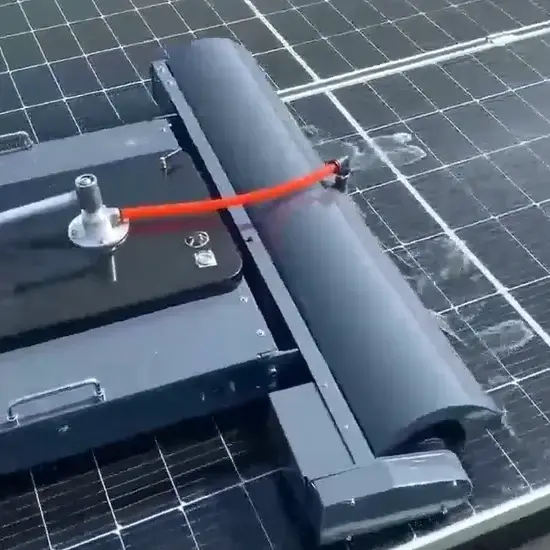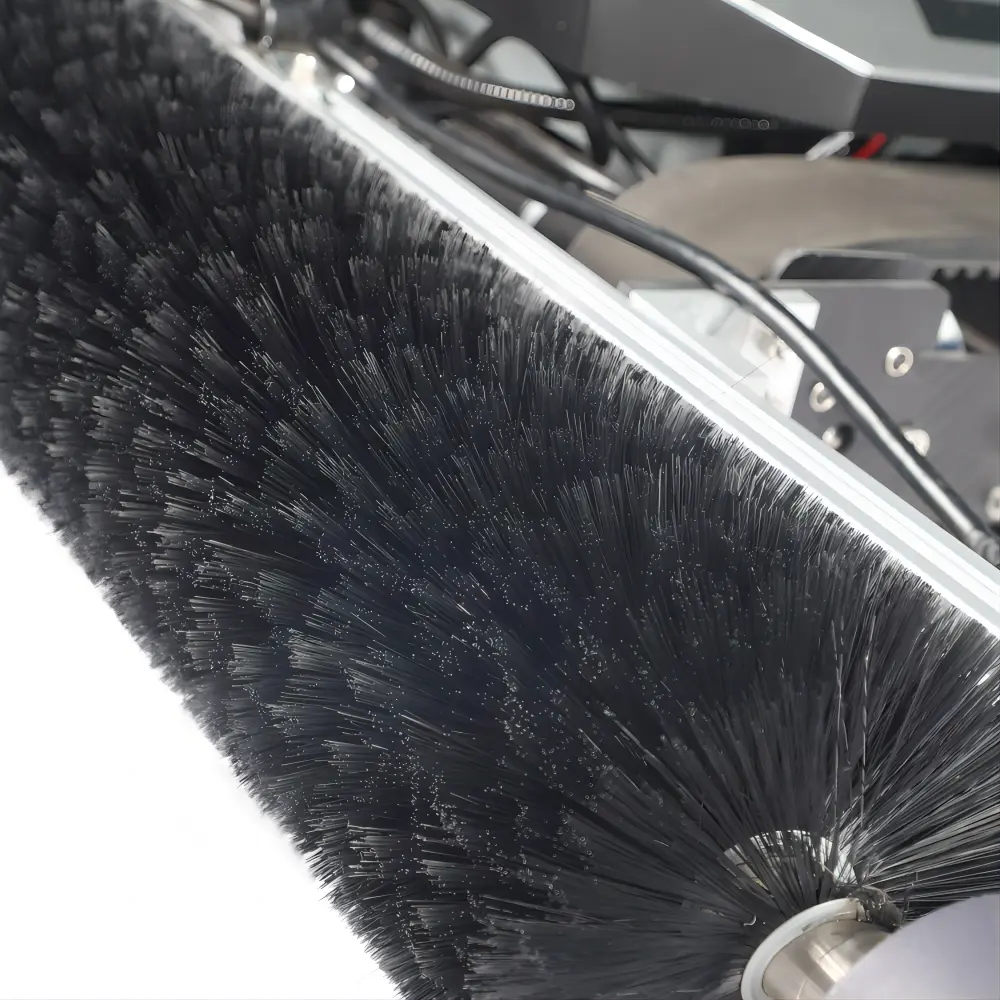The Working Principle of Robots de limpieza de paneles solares
Solar panel cleaning robots utilize a combination of mechanical, electrical, and sensor-based systems to efficiently and safely clean solar panels. Below is a detailed look into the key components that constitute these advanced cleaning machines.

Overall Design and Components
The structure of a solar panel cleaning robot is designed for seamless operation, typically including:
- Chassis: The frame that holds all components together.
- Cleaning Tools: Brushes and sprayers aimed at removing dirt.
- Motors: Drive the robot’s movement across the solar panel surface.
- Control Box: Houses the control systems for managing the robot’s functions.
Movement and Traction
The robots are equipped with wheels or tracks that allow them to traverse different surfaces effectively:
- Friction and Traction: Wheels or tracks generate the required friction to enable movement on solar panels.
- Motor Control: The main processor controls the motors, allowing movements in various directions to cover the entire panel area.
Cleaning Process
The cleaning cycle of a solar panel cleaning robot includes several steps:
- Initial Spraying: The robot begins by spraying water or compressed air to loosen dirt and debris.
- Brushing Action: Side brushes and rolling brushes sweep the surface clean. Side brushes direct debris toward the center while rolling brushes scrub thoroughly.

Sensor Integration and Control
Advanced sensor integration ensures the robot operates efficiently and safely:
- Visual and Photonic Sensors: These detect dirty areas and the edges of solar panels to create optimal cleaning paths.
- Edge Detection: Sensors help avoid falling off the edges of solar panels by directing the robot to change direction or stop when needed.
- Obstacle Avoidance: Equipped with laser distance sensors, the robot navigates around obstacles or irregularities on the panels, adjusting its path as necessary.
Power Management
The operational efficiency of solar panel cleaning robots is enhanced by effective power management techniques:
- Rechargeable Batteries: Most robots use lithium-ion or lithium-polymer batteries for prolonged operation.
- Automatic Recharging: Many robots can autonomously return to a charging station when their battery level is low, ensuring uninterrupted service.
Operational Workflow
The entire operation can be broken down into several stages:
- Initialization: The robot initializes its sensors and control systems before starting its task.
- Cleaning Cycle: It follows a programmed path, effectively spraying, brushing, and collecting debris.
- Final Check: After cleaning, the robot checks the cleanliness using visual sensors to ensure thoroughness.
- Return and Recharge: Once completed, it returns to the charging station to recharge.
By integrating these components and processes, solar panel cleaning robots play a vital role in maintaining the efficiency and longevity of solar panel systems.